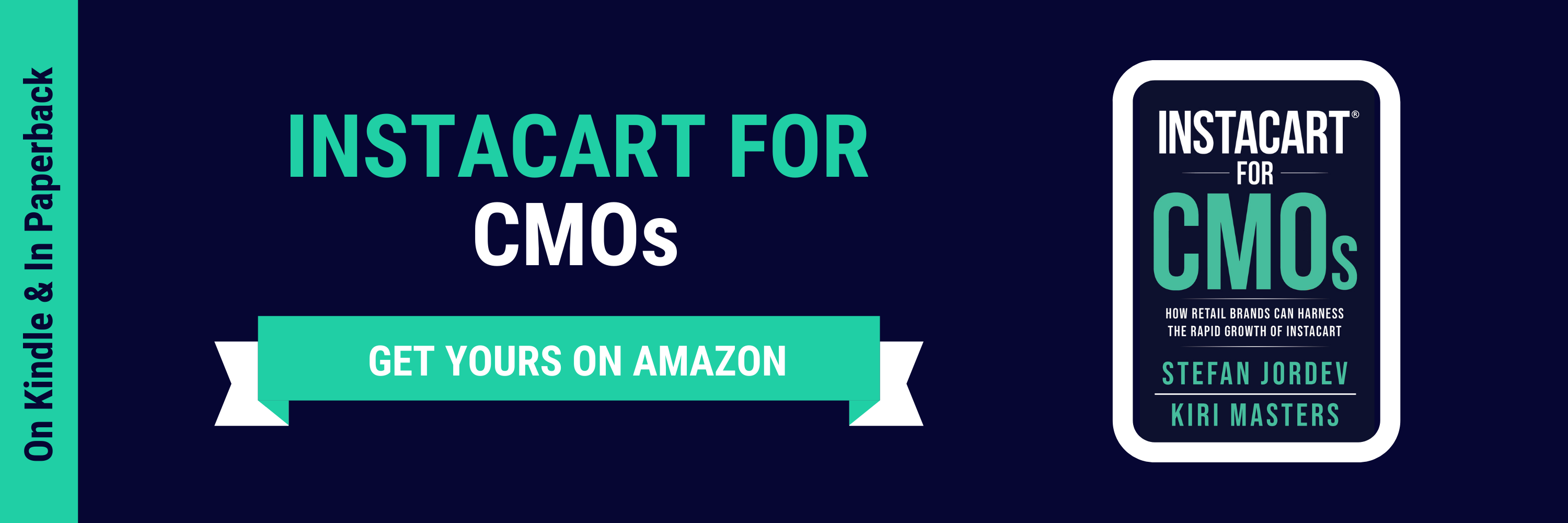Confused about the fundamental advertising differences between Amazon, Walmart, and Instacart? Don’t stress, we’ve broken down how the platforms differ. Read on to get up to speed!
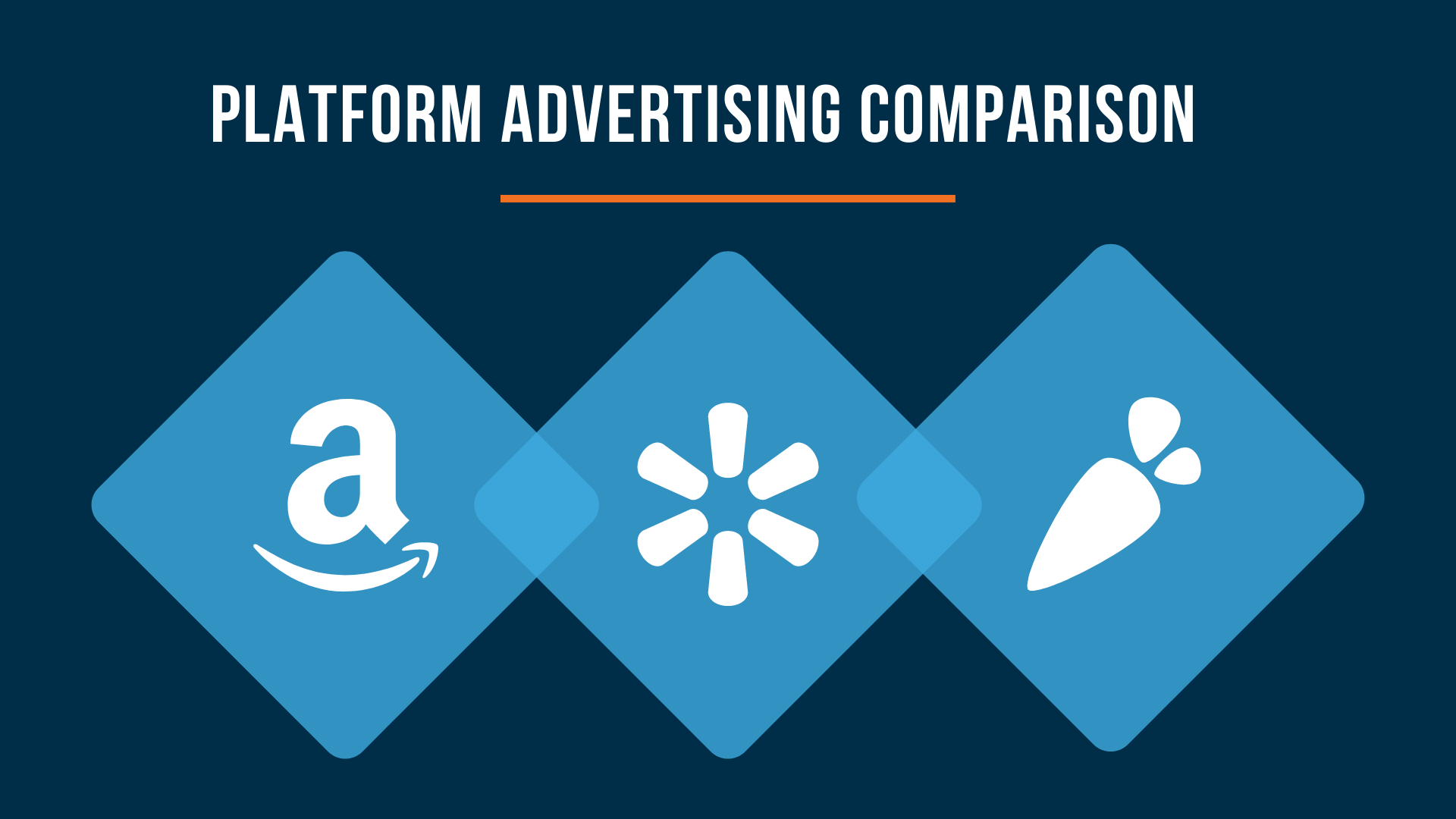
Types of Campaigns
Amazon offers Sponsored Products, Sponsored Brands & Sponsored Display ads.
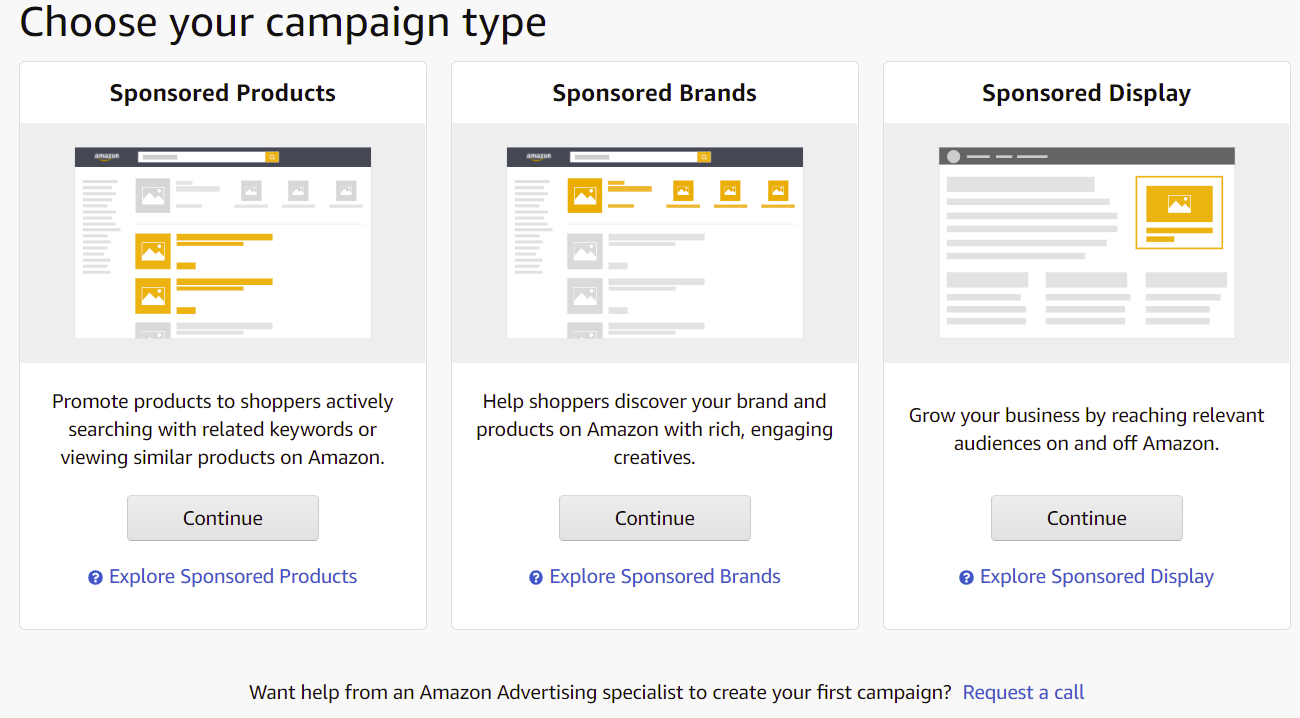
Due to the popularity of the channel, Amazon’s advertising platform is becoming increasingly sophisticated. To learn more about how you can use the 3 PPC ad types to stand out from the crowd, check out Amazon PPC Strategy [Back to Basics].
At the other end of the spectrum, Walmart offers Sponsored Product campaign types only.

Amazon vs Walmart Sponsored Products
Targeting
Amazon’s Sponsored Products offer keyword, ASIN, and category targeting.

Walmart’s Sponsored Products offer keyword targeting only

Daily Budgets
Walmart’s Sponsored Products campaigns require a minimum of $50 daily budget.

Above: Illustration of Walmart’s Daily Budget requirements
Amazon’s Sponsored Product campaigns require a min of $1 daily budget.
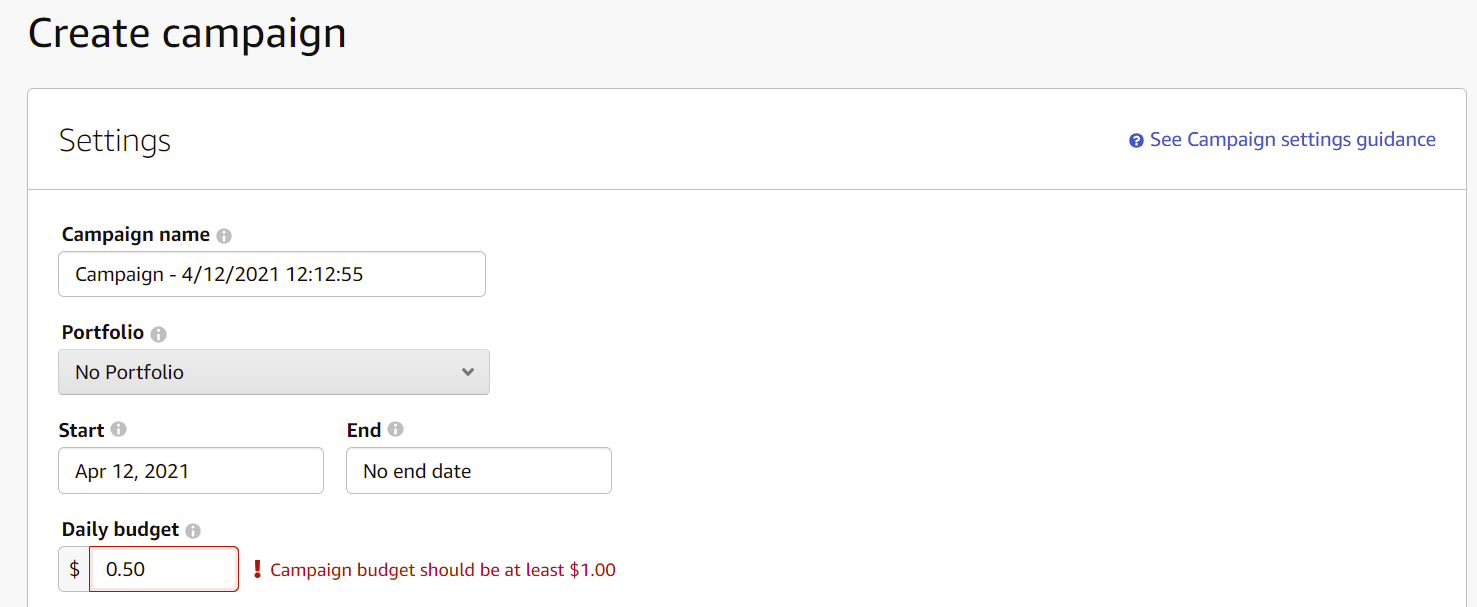
Placements
Walmart’s Sponsored Products placements appear as standard search results.
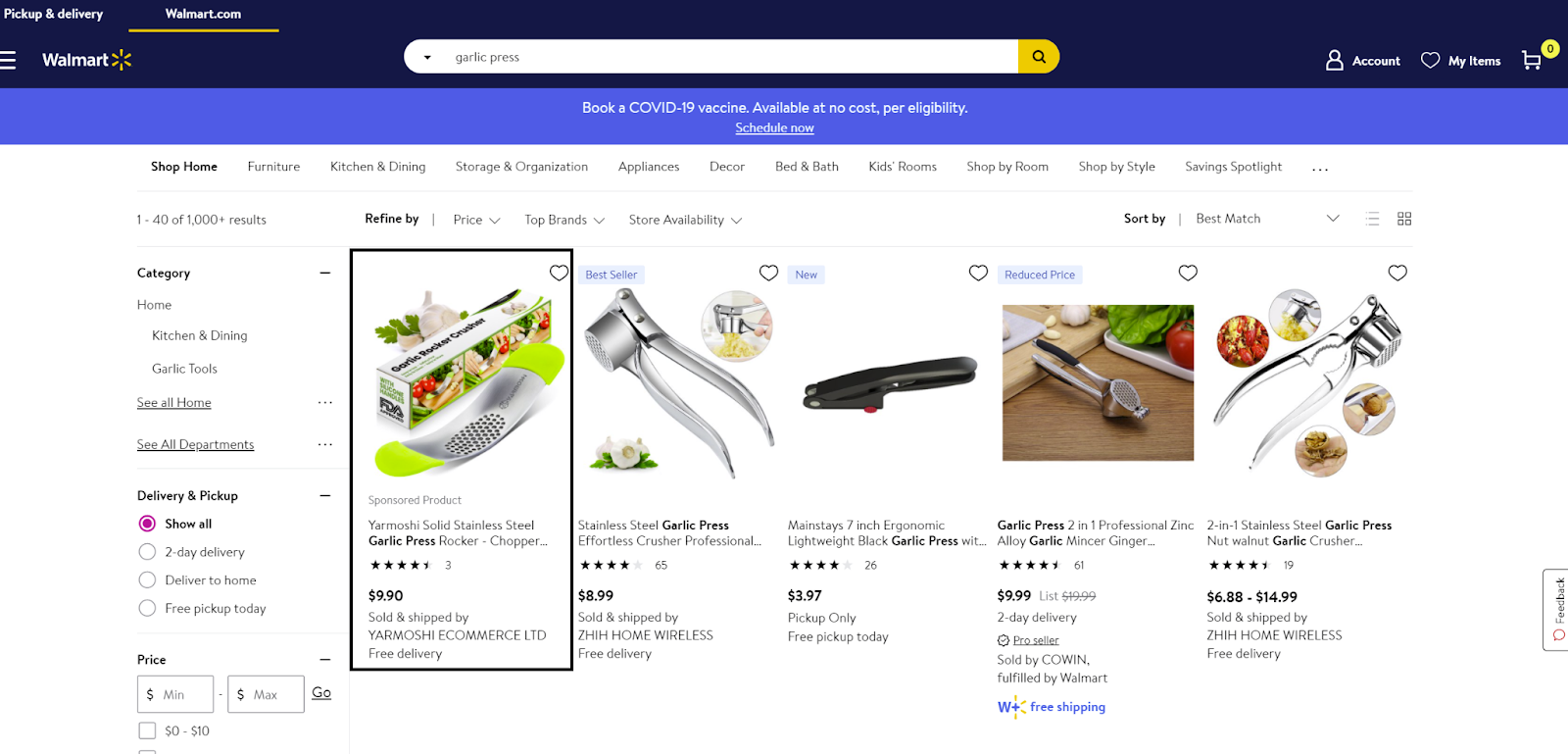
Walmart’s Sponsored Products are placed in the Search Ingrid and the Search Carousel. Advertisers have control over whether they want their ads to be displayed on the search carousel, but no control over the search Ingrid placements.
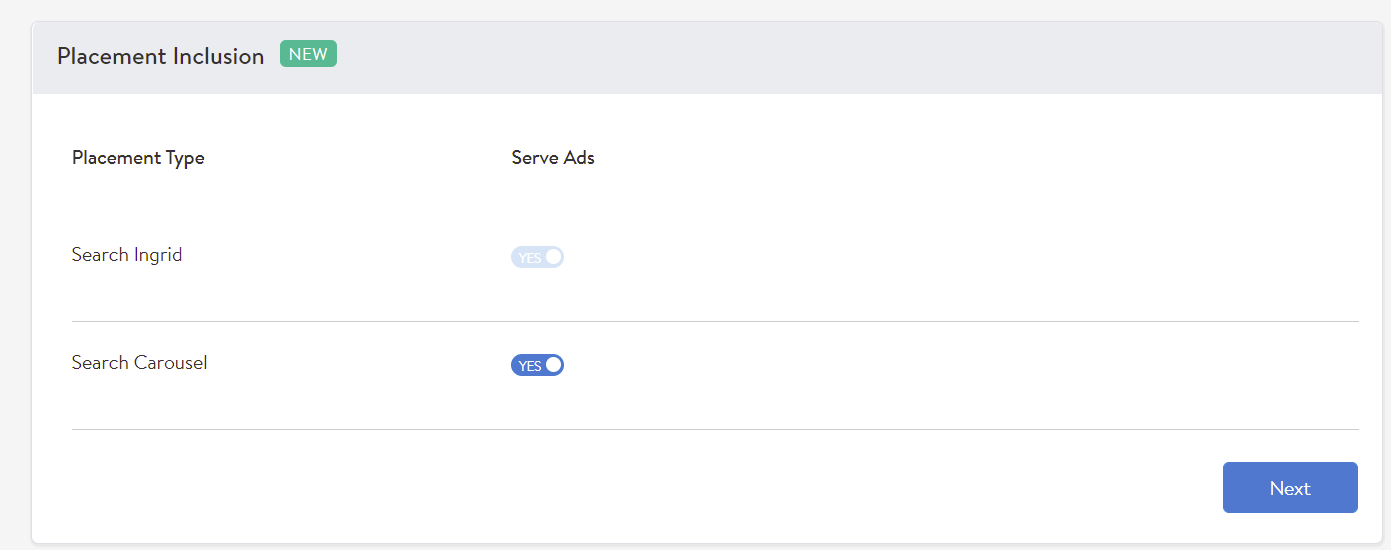
Amazon’s Sponsored Products placements appear as standard search results and as a banner at the top of the SERP. This is a key point: Amazon’s above-the-fold search results page is completely owned by Sponsored Ads, illustrating the competitiveness of the marketplace in respect to paid positioning.
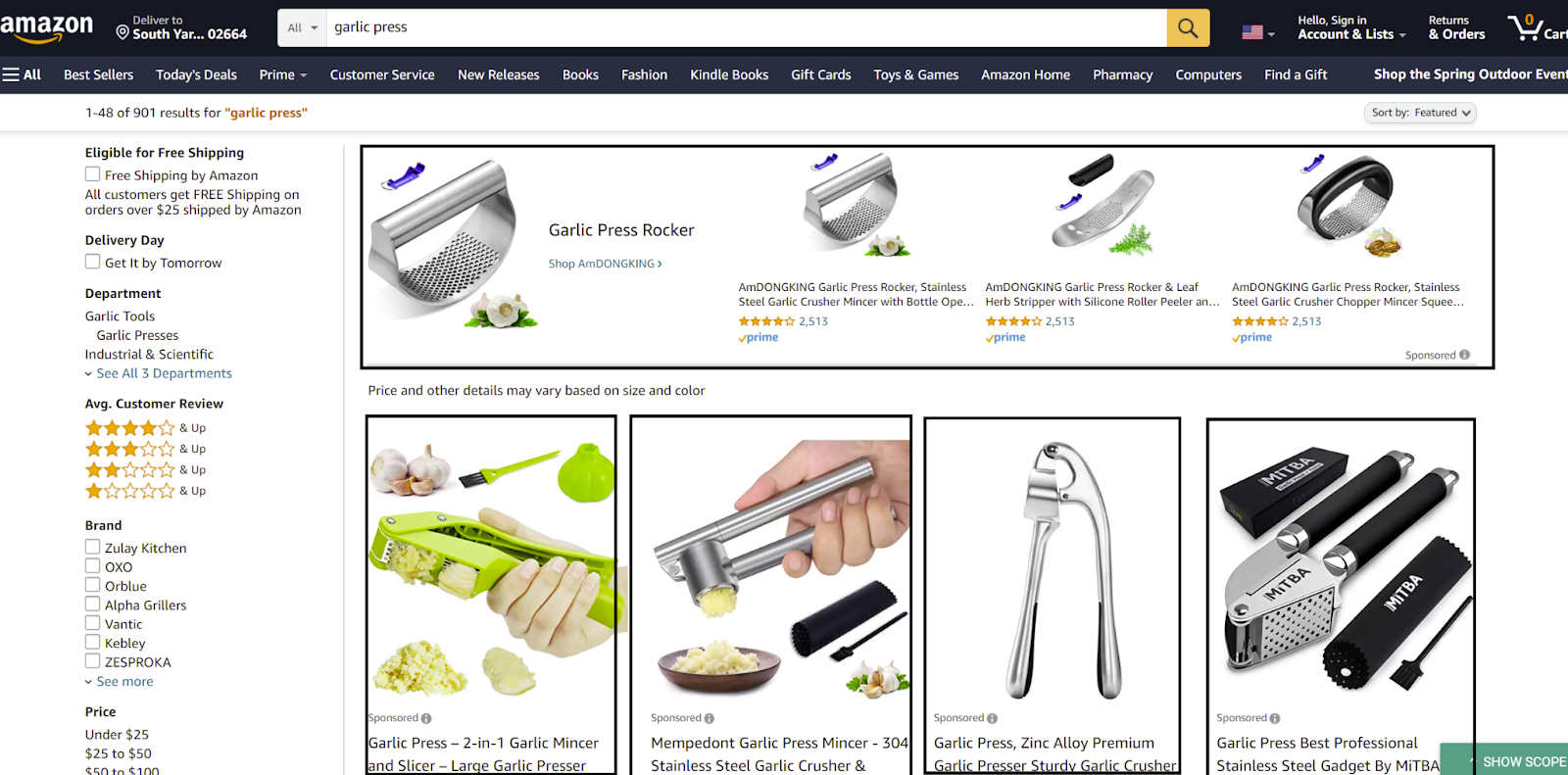
Adjustments
Walmart advertisers have an option to adjust bids per platform: Desktop, Mobile and mWeb.
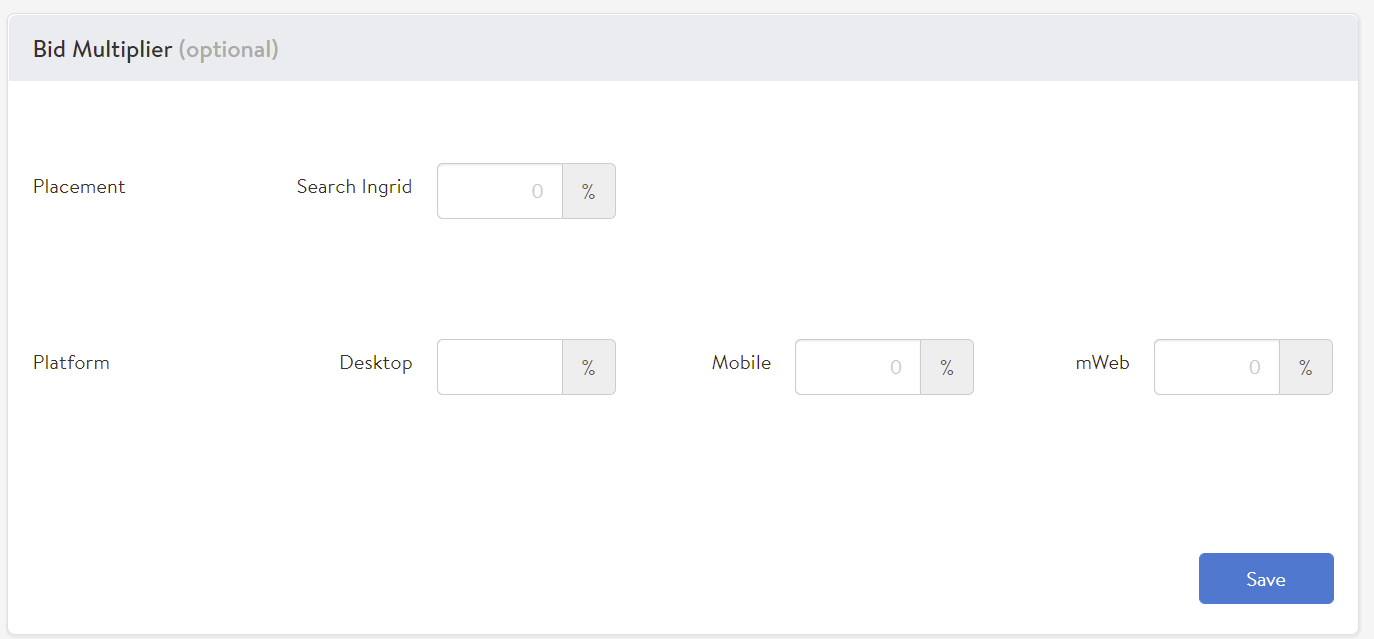
Amazon advertisers have no options to adjust bids by Platform, but they do have an option to adjust bids by placement.

Learn how How Barcel USA, Maker of Takis, Increased Sales on Walmart.com by 113x with Bobsled
Bidding
Amazon has a second-price auction, while Walmart has a first-price auction.
With Amazon’s second-price auction model, if you bid $3, and the nearest competitor only bids $2, you will only pay $2.01 and win the auction. With Walmart’s first-price auction model, if you bid $3, and the nearest competitor only bids $2, you will pay $3. Therefore, if you don’t work with a partner who intimately understands the Walmart platform, there’s a good chance you may end up over-bidding for ads on Walmart.
Bobsled’s ad tech partner Pacvue has created a helpful Amazon vs Walmart vs Instacart infographic, find it below.
| Instacart | Amazon | Walmart | |
| Auction Type | Second price auction | Second price auction | First price auction |
| Ad types available | Featured Products | Sponsored Products, Sponsored Brands, Sponsored Display | Sponsored Product |
| Charging method | Cost per click | Cost per click / Cost per impression | Cost Per Click |
| Targeting Options | Keyword Targeting | Keyword Targeting, Product (ASIN) Targeting, Category Targeting, Audience Targeting | Keyword Targeting |
| Auto Targeting | Yes | Yes | Yes |
| Ad groups available | Yes | Yes | Yes |
Source: Pacvue
Instacart Advertising
Due to the infancy of the marketplace, Instacart’s ad platform is fairly primitive compared to Amazon and Walmart. However, as Instacart is a unique four-sided marketplace, PPC advertising is one of the only ways brands can take control of their Instacart presence, and Bobsled predicts that Instacart advertising will start to become incredibly popular, especially for Grocery and CPG brands.
Instacart for CMOs is live – order now on Amazon!
At this point in time, Instacart only offers a self-serve campaign type called Featured Product ads. This ad type resembles Sponsored Products placements on Walmart or Amazon.
The main similarities are the Auto and Manual targeting options. With Auto targeting, Instacart displays your ads next to the most relevant products according to their own algorithm, and with Manual targeting, you set up bids based on keywords that you select yourself.
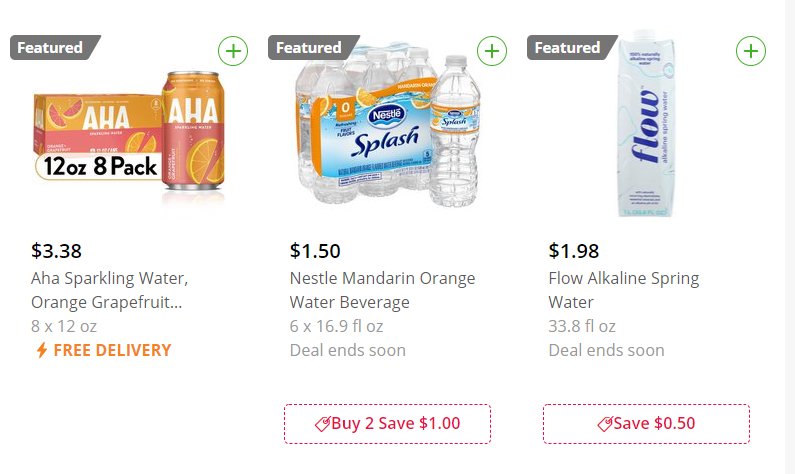
Above: Examples of 3 Featured Product ads on Instacart – the grey ‘Featured’ tag indicates that the placement is an ad.
Instacart uses a second-price auction model similar to Amazon for Featured Product ads. This means that advertisers will pay $0.01 more than the next highest bidder for a keyword. Winning bids are based on a combination of the CPC bid and search term relevance. Exact match targeting only. No negative match keyword capability or ability to block campaigns from bidding on anything specific.
We have written extensively about Instacart advertising. For a deep dive, check out:
- An Introduction To Instacart For Brands
- Instacart Advertising Overview For Grocery and CPG Brands
- Buy the book ‘Instacart for CMOs’ on Amazon.com
Need help with Amazon, Walmart, and Instacart advertising?
Book a free consultation with one of our experts today!
{{cta(‘0825dfed-dfd0-4c96-bfc0-9b14009fed23’)}}

